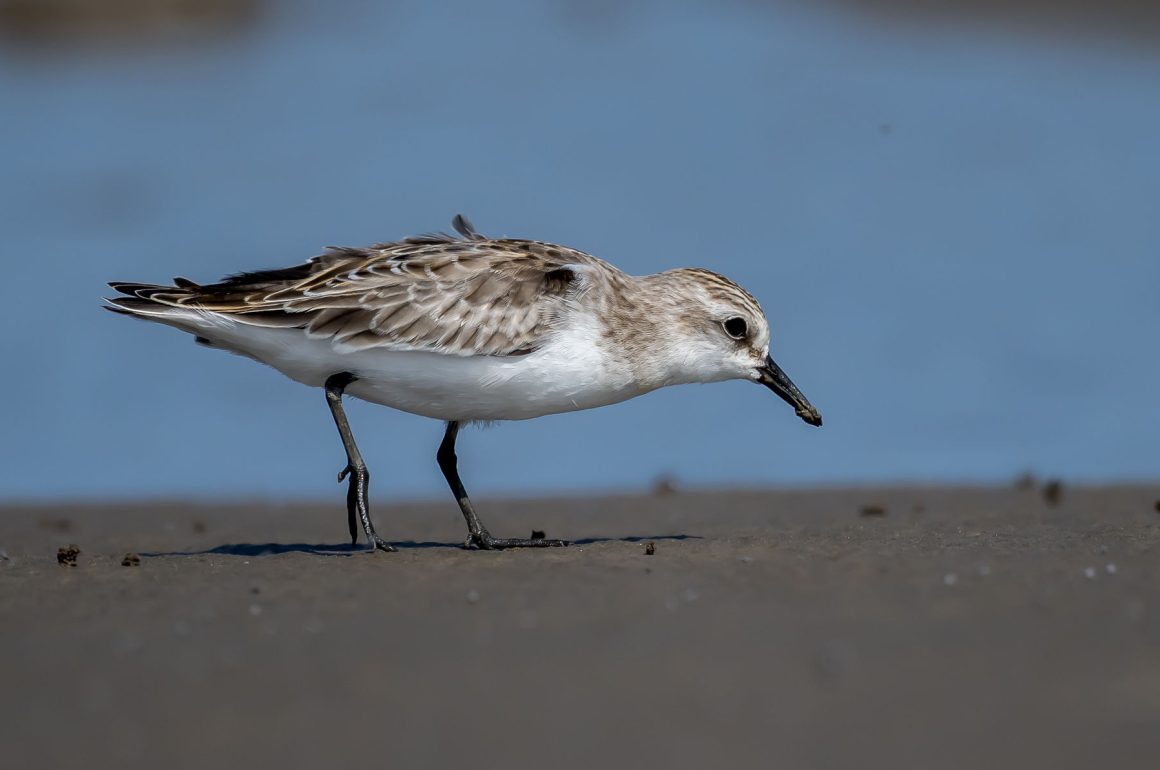
It is a time-honored tradition among Shanghai-based birders to go to some coastal places two or three hours north of the city to unsuccessfully look for Spoon-billed Sandpipers. This quest was difficult enough a few years ago but has since become more frustrating, as ever more areas are blocked off – not to protect the environment, but rather to encourage lucrative mass tourism. The idea being that you buy an entrance ticket and then are extremely restricted in where you can go.
However, this being China, there are ways around this – there are always some locals with the right relations, and on this trip, one of them got us onto the mudflats under the cover of darkness, using his relationship with one of the local bosses and distributing cigarettes to the guards. For which he promptly got criticized by one of his colleagues – not for letting anybody in, but for letting foreigners in. Sometimes I wonder why I still live here.
So, we were on the mudflats before sunrise, knowing that we had to leave within 2 hours so as to not draw attention to us. Unfortunately, the Spoon-billed Sandpipers apparently were not informed of our restrictions and failed to show up.
But we did get to see a range of waders, both on the mudflats and later from the car, driving around.
Greater Sand Plovers were among the easiest to see.
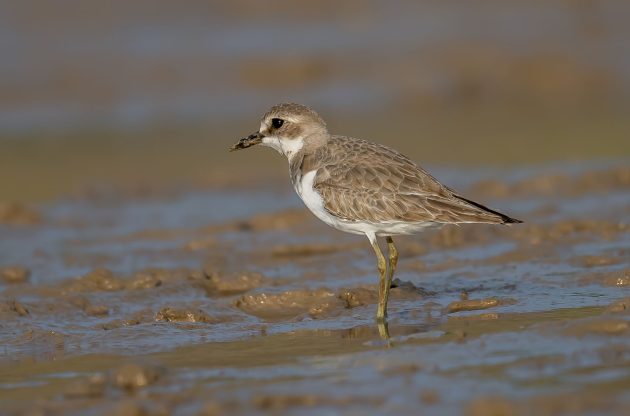
During breeding season, this species is predominantly found in deserts or semi-deserts but in the non-breeding season, it behaves more wader-like and stays on the coast.
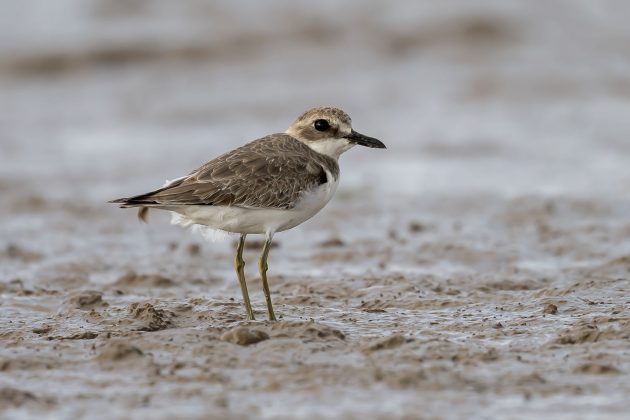
In desert areas, Greater Sand Plovers mainly feed on beetles, but on the coast, they also feed on crustaceans such as shrimps.
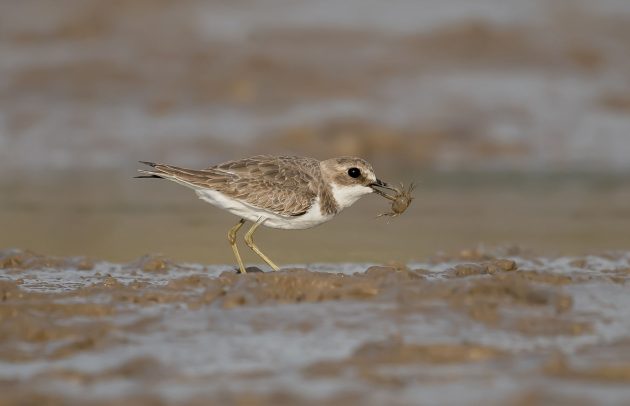
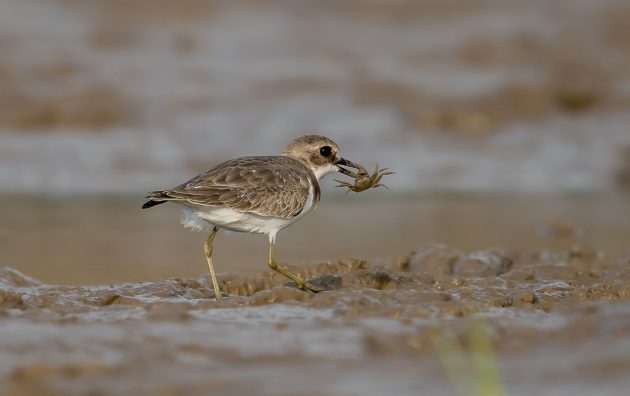
A second very common species on the Jiangsu coast is the Red-necked Stint – somewhat surprising given its status as Near Threatened.
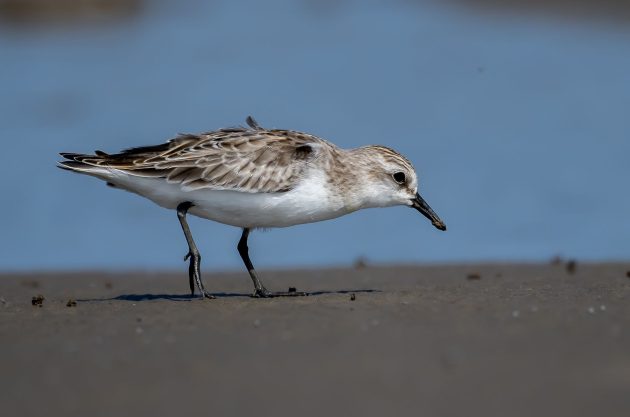
While I did a few marathons when I was a bit younger, one Red-necked Stint was recorded to have done a 5350 km non-stop flight, equivalent to about 127 marathon runs (source).
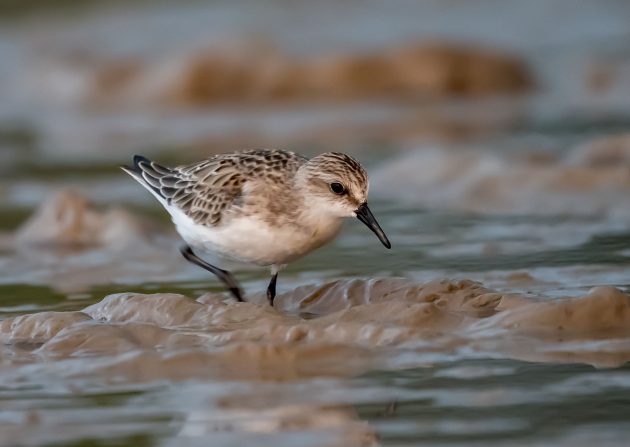
A paper on the mitochondrial genome of the Red-necked Stint ends with the rather pointless sentence “In future, sequencing more mitogenomes from various taxonomic levels will significantly improve our understanding of phylogeny and taxonomy in Scolopacidae.” In layman’s terms: If we do more research, we will know more.
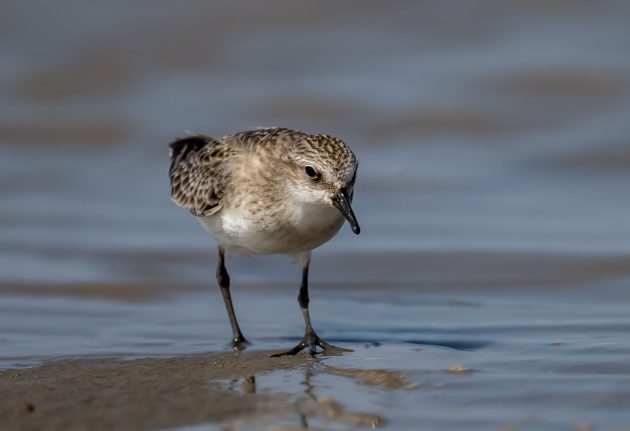
While female Red-necked Stints are not childless cat ladies, they still do not quite fit the JD Vance ideal of motherhood. According to Cornell, the females leave the chicks soon after hatching, leaving the males to tend the chicks up to fledging.
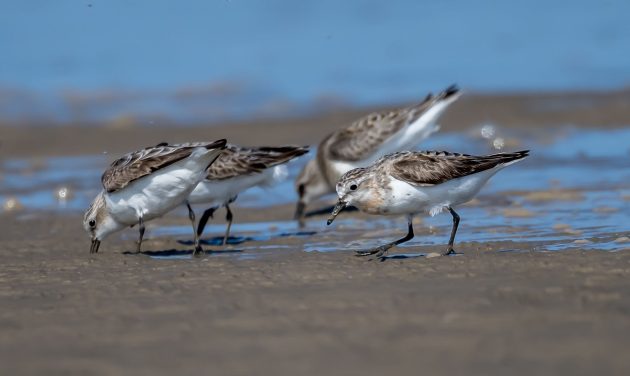
I am rather fond of the Far Eastern Curlew.
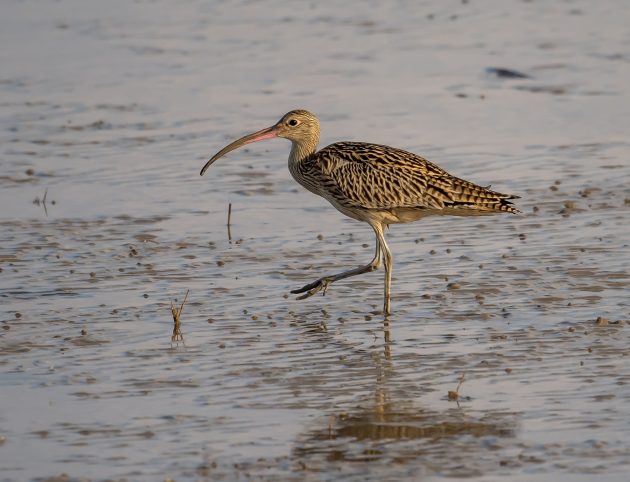
eBird highlights its “remarkable scimitar-like bill, used to extract invertebrates from deep burrows”. Indeed, the female Far Eastern Curlew has the longest bill of any wader with a length of about 184 mm, according to Cornell (though it looks longer to me).
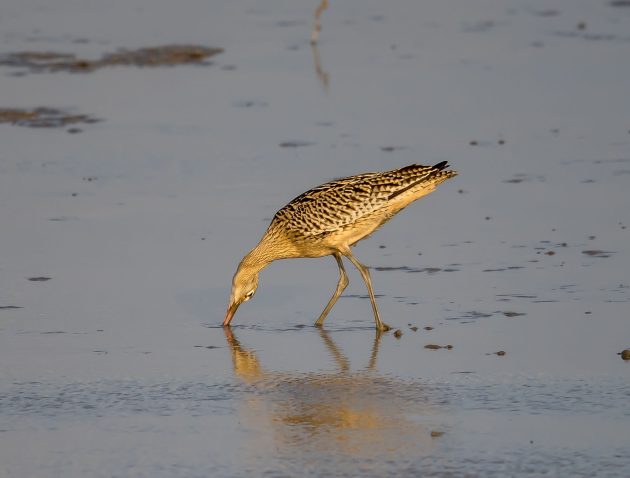
I guess it is a bit like seeing stuffed birds in museums – they always seem to look much smaller to me than when I see them in the wild.
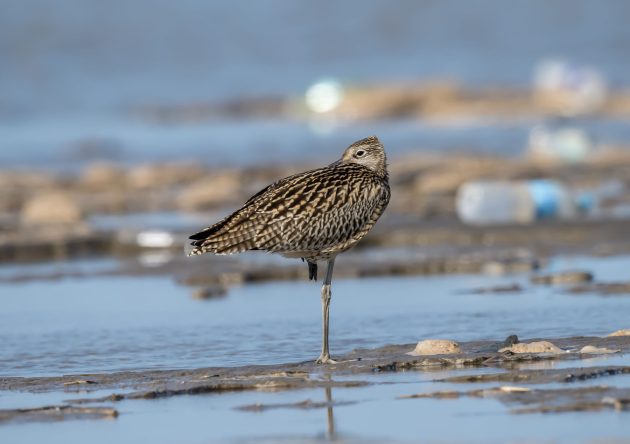
I wondered whether there is term for this phenomenon but I guess there is none. Not being creative myself, I asked ChatGPT to be creative for me.
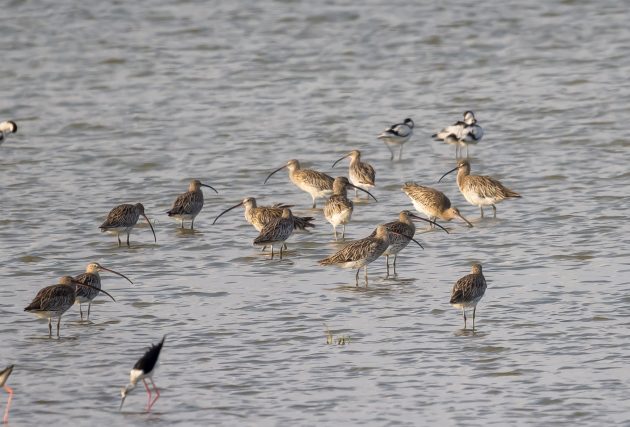
Question to ChatGPT: “When I see birds first in the wild and then as stuffed specimens in museums, the latter always look much smaller to me. I would like to create a term for this phenomenon. Can you suggest one?”
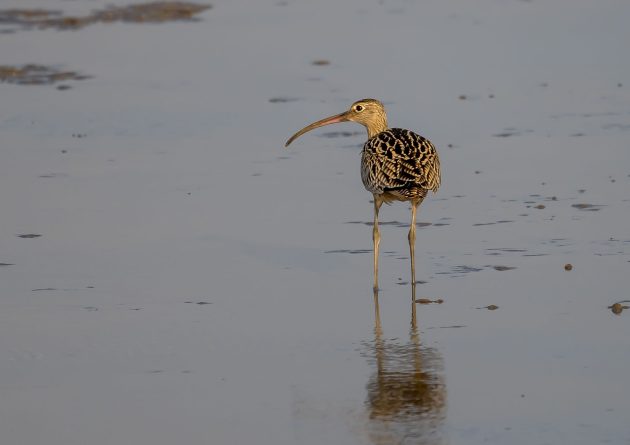
ChatGPT replied “How about ‘Diminished Specimen Effect’? This term captures the idea that the stuffed specimens appear smaller than their wild counterparts, perhaps due to the loss of life and the natural context that makes them seem more vibrant and substantial.”
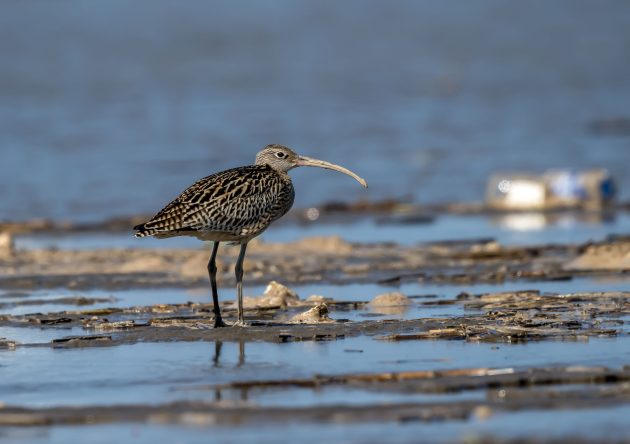
Not particularly creative, I think …
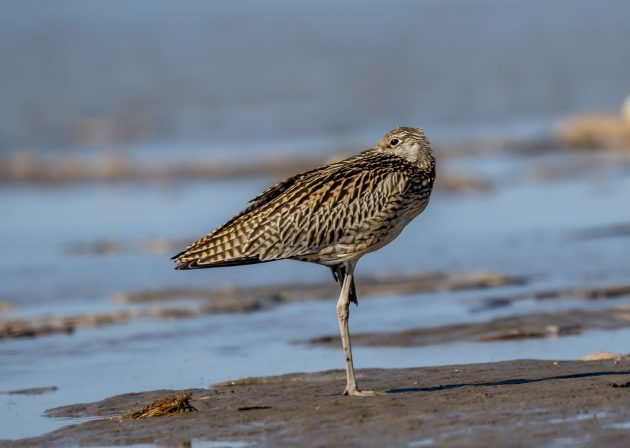
Side note: Somehow it seems difficult to get a photo of a Far-eastern Curlew in China without the photo including some plastic trash. You figure out what that means yourself.
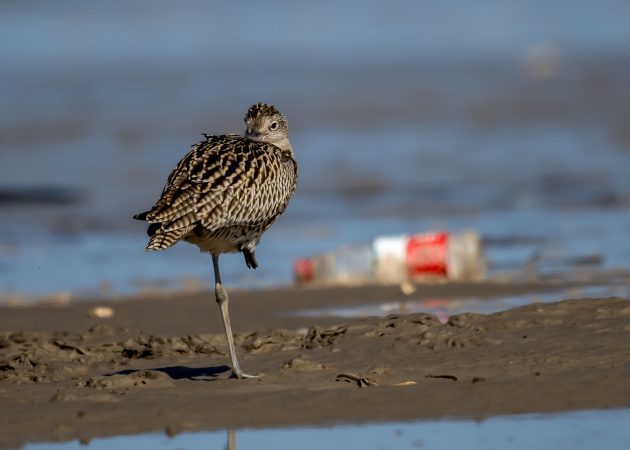
I also like the Terek Sandpiper as the upturned bill makes it easy to identify even for somebody who is rather wader-illiterate like me.
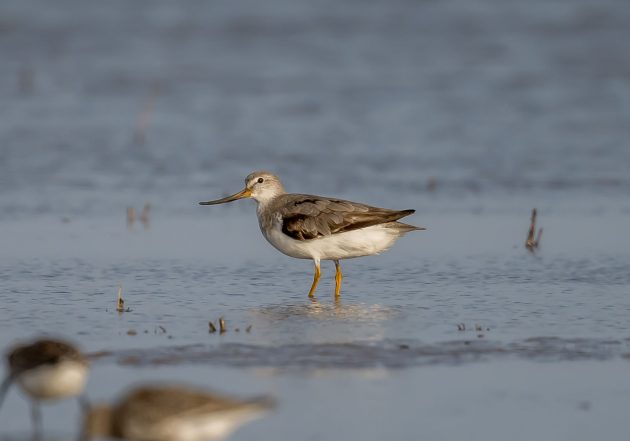
The individual I saw did not move much, so the Cornell statement about identifying it did not really apply: “Finding a Terek Sandpiper among a group of foraging waders is typically easy, as it is the bird dashing to and from across the mudflat, or less commonly, wading in shallow water while scything its bill across the surface.”
Bills are important for waders (even though writing this sentence, I realize it is on level similar to the one on “improving our understanding” cited above). The scientific name of the Broad-billed Sandpiper, Calidris falcinellus, presumably refers to the little hook at the end of the bird’s bill – falcinellus means “with a small hook”
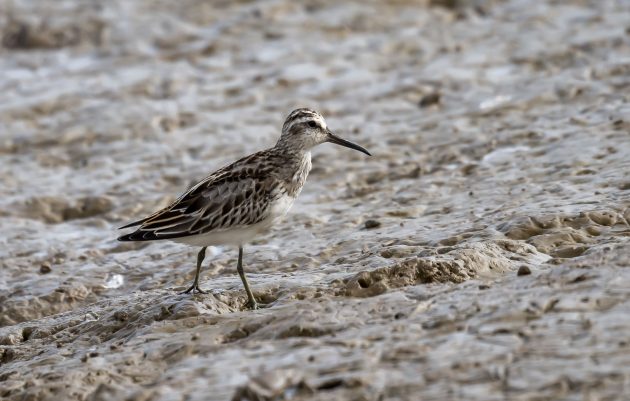
In its non-breeding plumage, the Black-headed Gull is not black-headed.
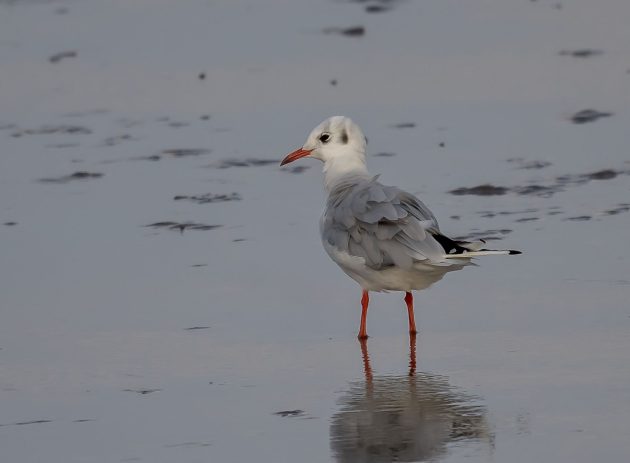
Even when breeding, its head is more chocolate-brown than black (source).
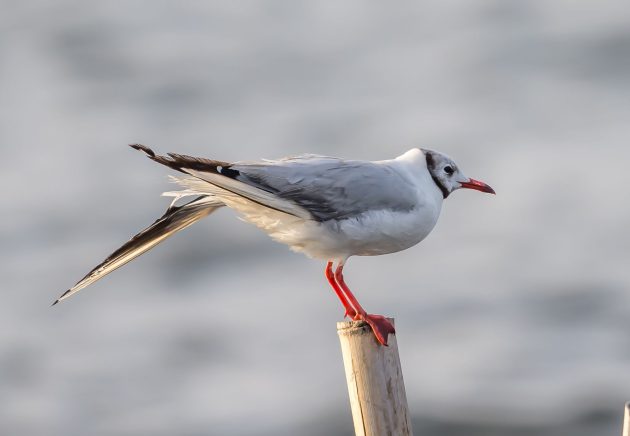
And generally, I did not hear it laugh much (its scientific name Chroicocephalus ridibundus indicates that it is laughing).
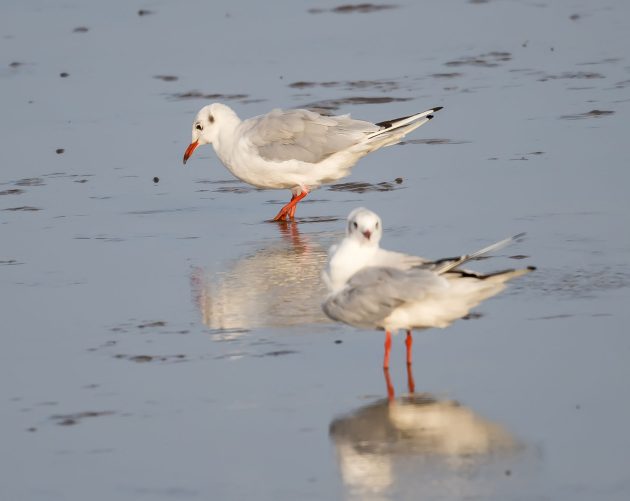
But it looks much cuter than the larger Black-tailed Gull, which probably nobody has ever accused of laughing. In fact, it looks rather sinister to me.
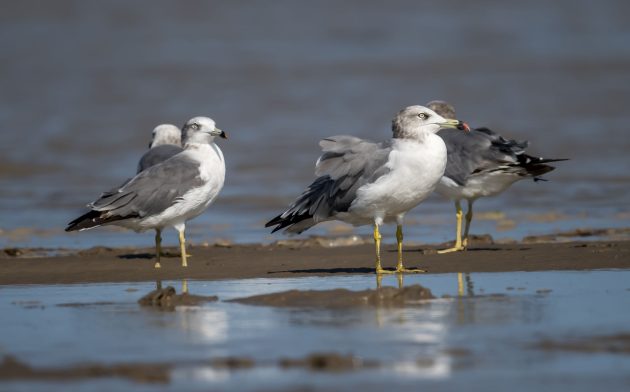
It has the honor of being featured in a 2011 post on 10,000 Birds. Redgannet, when will you start writing posts again?
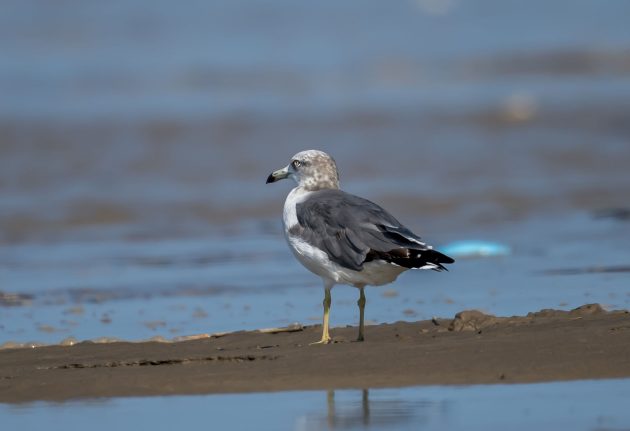
The third gull I saw was a Saunder’s Gull, a species listed as Vulnerable. And another rather cute bird.
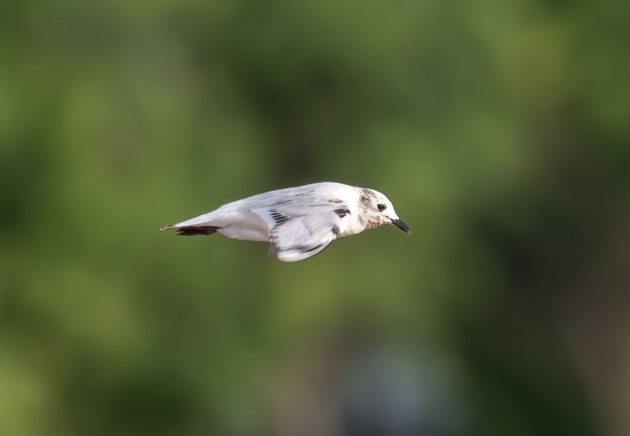
Its scientific name Saundersilarus saundersi mentions the same person twice – Howard Saunders (1835-1907), a British banker, traveller, and ornithologist with specific expertise in gulls.
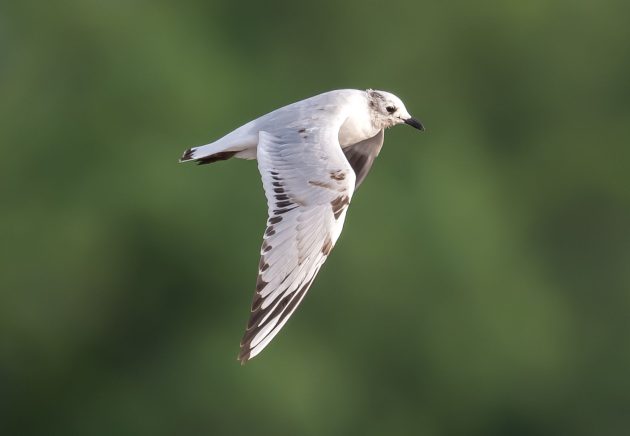
Gulls are in the Laridae family, as are terns. Cornells hints at something about the family that has been mentioned in a couple of recent posts: “The Laridae are the most familiar charadriiform birds of every shore. Active, obvious, and seldom shy, they are sometimes in our lives even more than we would like.”
Cornell then distinguishes between terns and gulls: “They can be divided by what they eat: Gulls generally eat any animal they can swallow, dead or alive, and they gather their food with an astonishing opportunism and ingenuity; terns mostly eat fish that they dive for, and they stay out of each other’s way in loose foraging aggregations.”
And of course, terns look like sleek sports cars compared to the bulky SUVs that are gulls. See the Common Tern …
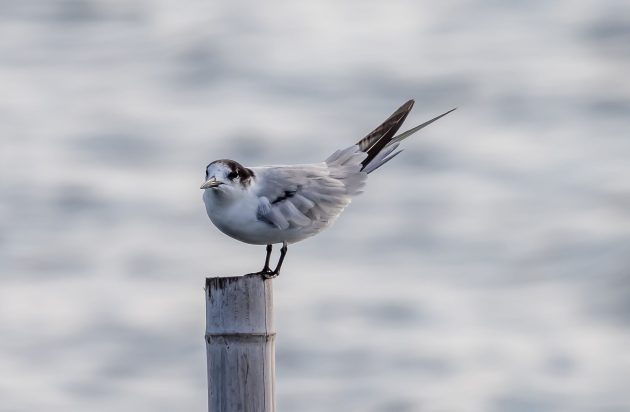
… with its scientific name Sterna hirundo also highlighting the sleekness and elegance, as hirundo means “swallow” …
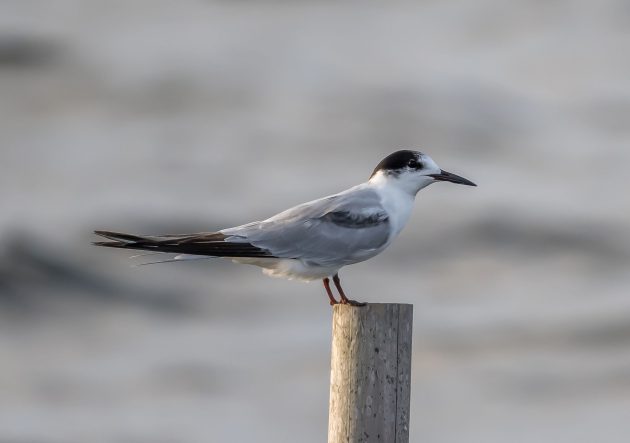
… and the Gull-billed Tern with its almost Groucho-Mark-cigar-like thick bill.
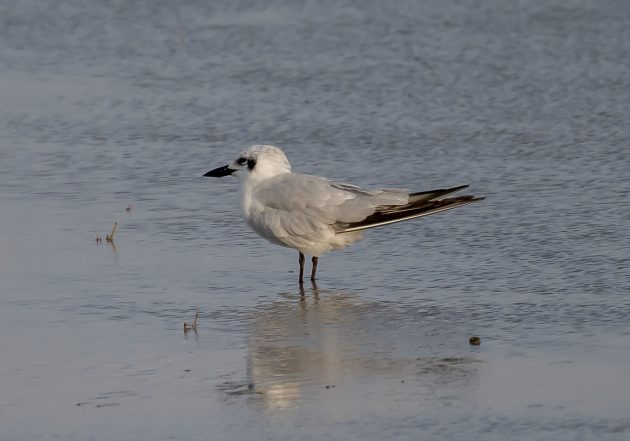
Much as I would like to see a Sanderling in its attractive breeding plumage, I only saw its nonbreeding appearance that seems to also have given the species its name Calidris alba (alba = white).
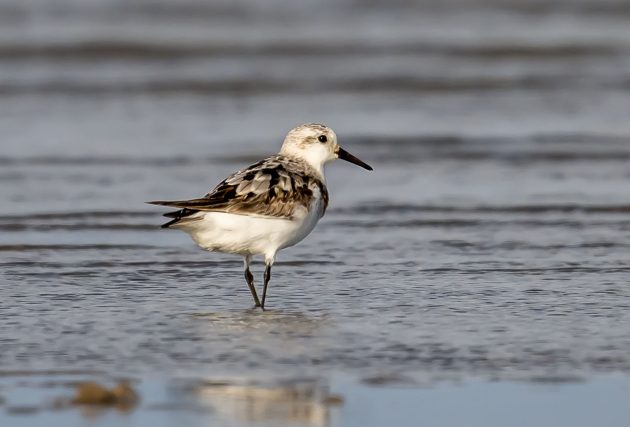
The name derives from Old English sand-yrðling, “sand-ploughman” (source).
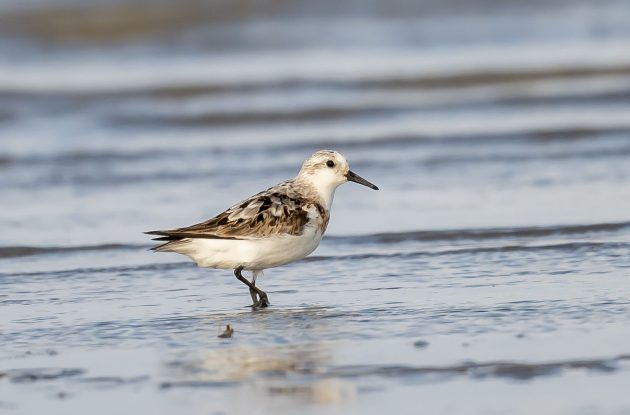
I am not sure why, but according to Cornell, Sanderlings in Texas spend more time on feeding than elsewhere: “Sanderlings in Texas spent more time feeding (85%) than did those in New Jersey (50%), Panama (40%), and Peru (36%).” Probably they also have to wear stupid hats and carry guns (I was born in El Paso, so I have the right to make Texas jokes).
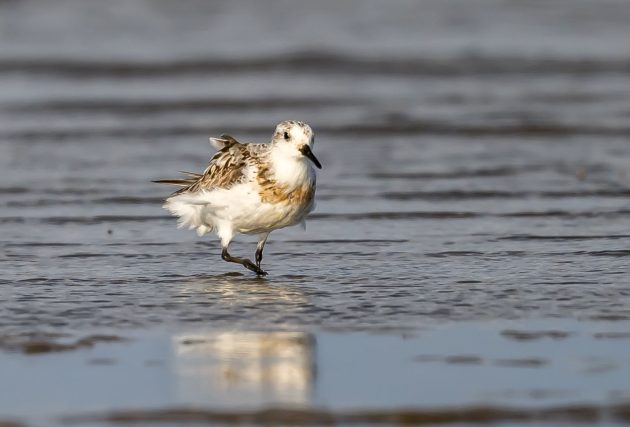
The species name of the Grey Plover, squatarola, sounds like a name a Private Equity company would give to a newly acquired Italian maker of high-end garden furniture, along with the claim that “gardening has never been this exclusive”.
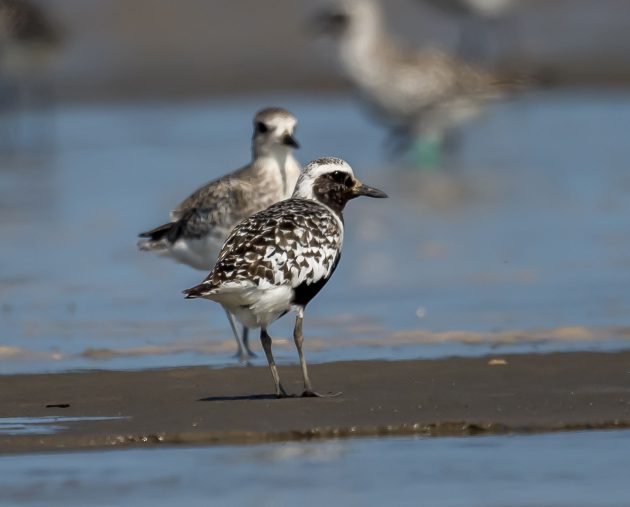
The reality is more mundane and practically meaningless – Cornell only states that squatarola is the Venetian name (Sgatarola) for a kind of plover.
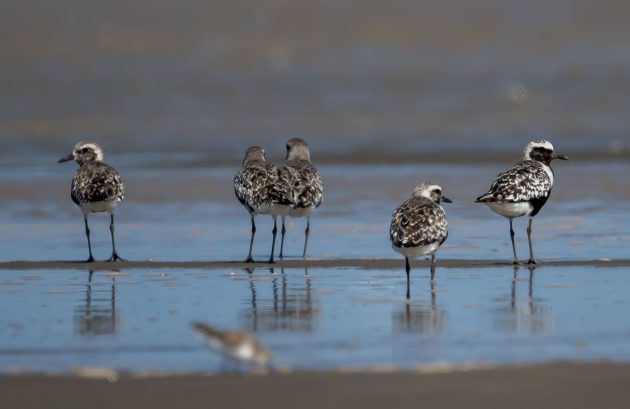
Cornell also confuses a bit with the following announcement on the species account of the Grey Plover: “This species account is dedicated in honor of Philip Edmundson, member of the Cornell Lab of Ornithology’s Administrative Board”. I am not sure we need species entries dedicated to Private Equity partners. But that is just the fake socialist me speaking.
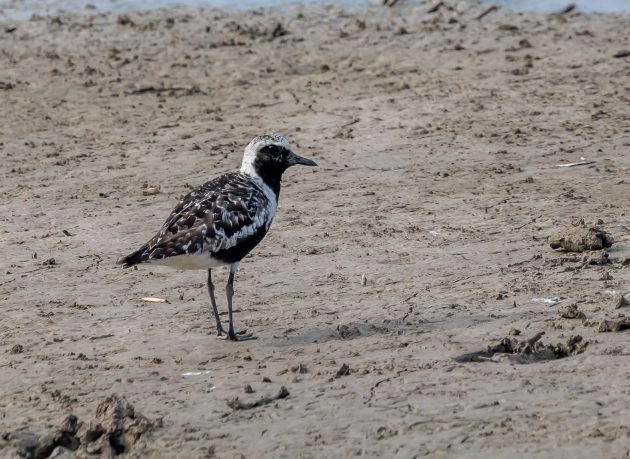
Other plovers, easily seen in Shanghai as well: Kentish Plover …
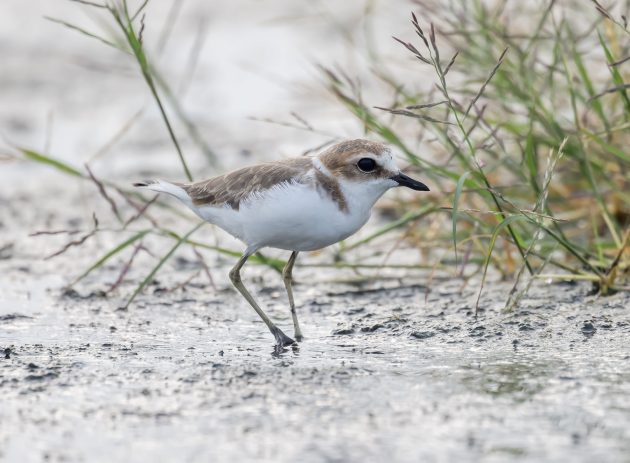
… and Little Ringed Plover.
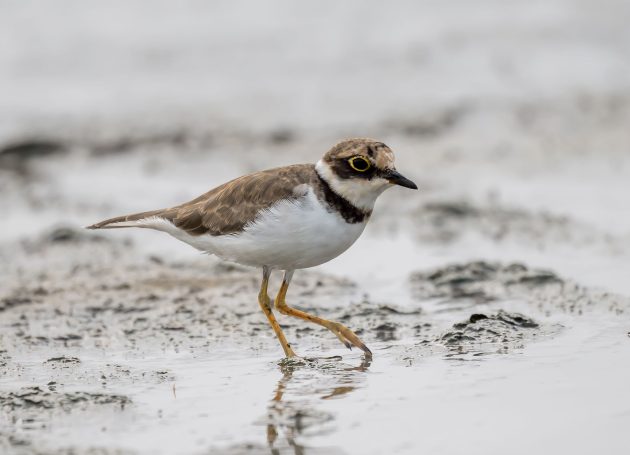
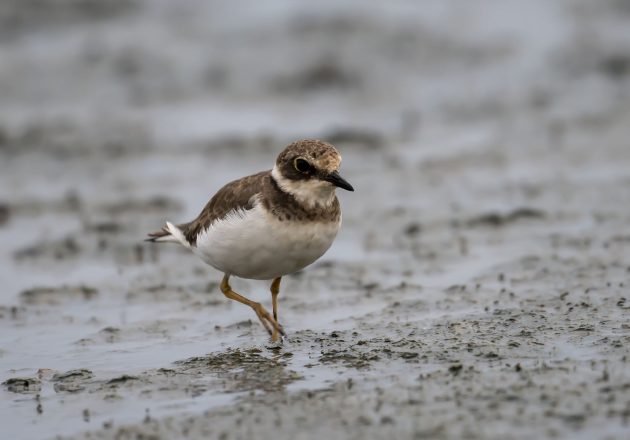
More waders, again easy to see in Shanghai and elsewhere and thus not meriting much attention in this post:
Common Greenshank
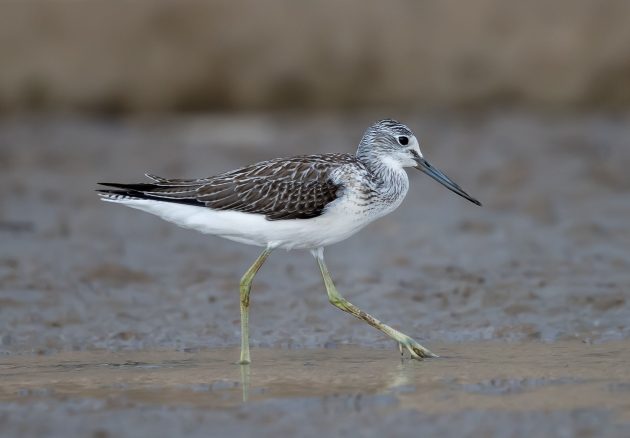
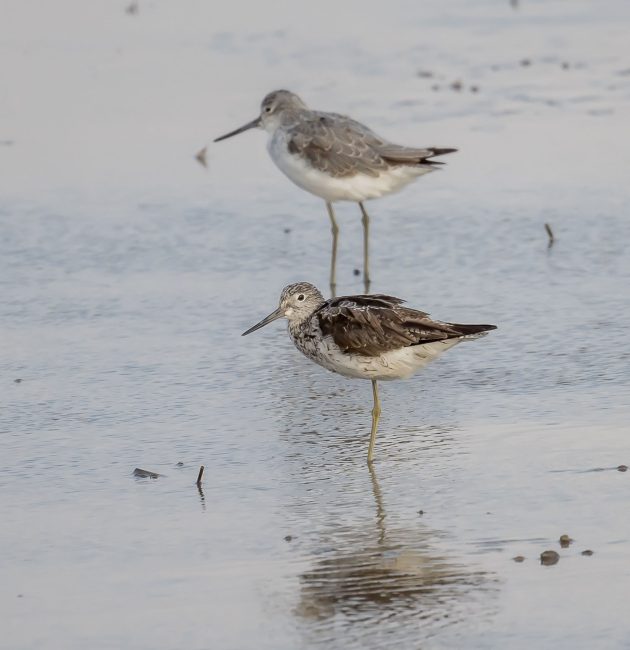
Grey-headed Lapwing
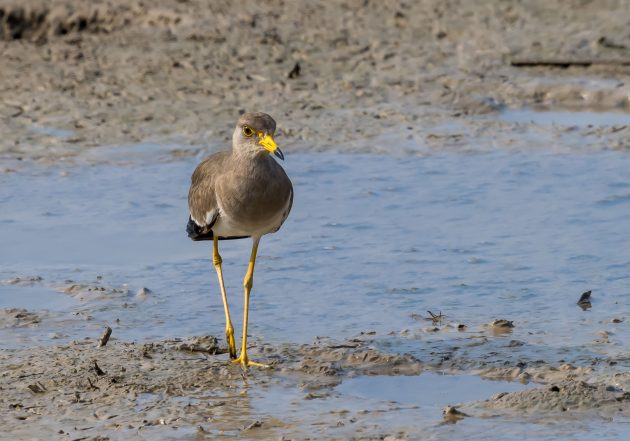
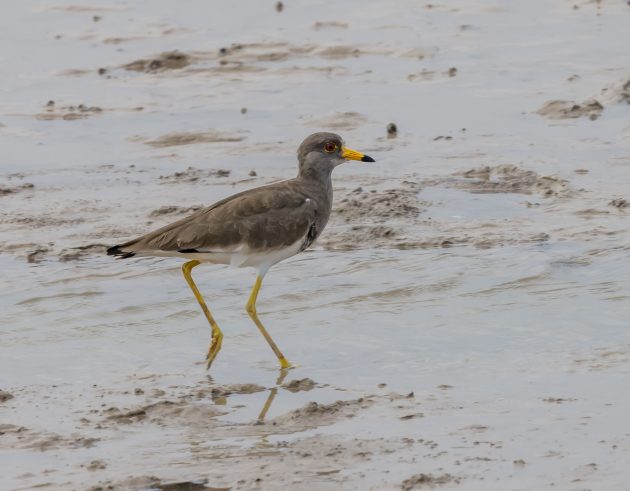
Common Redshank
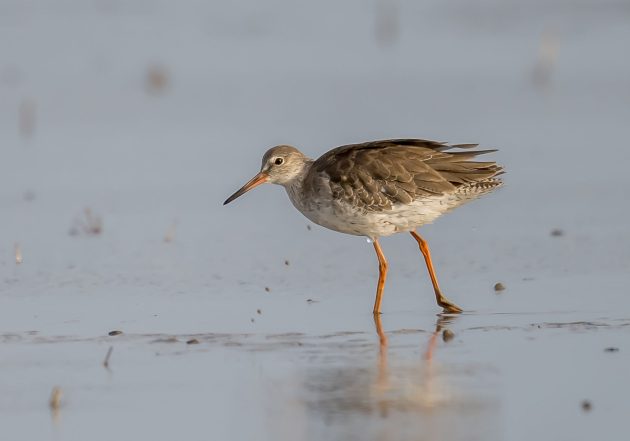
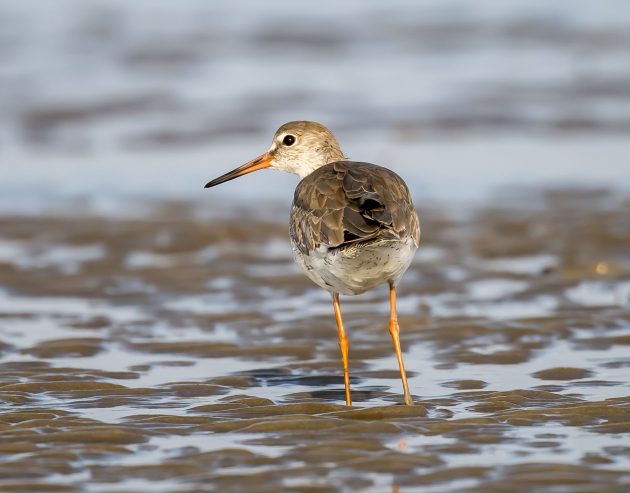
Spotted Redshank
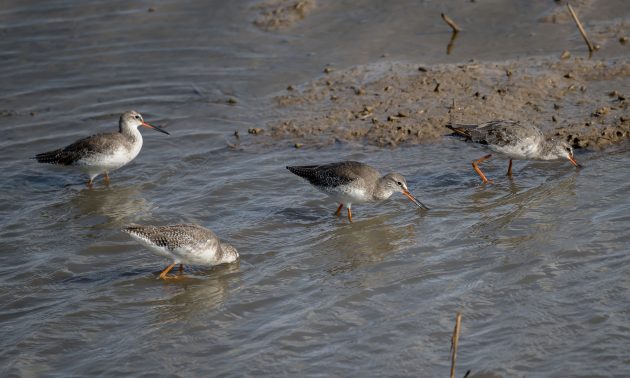
Pied Avocet
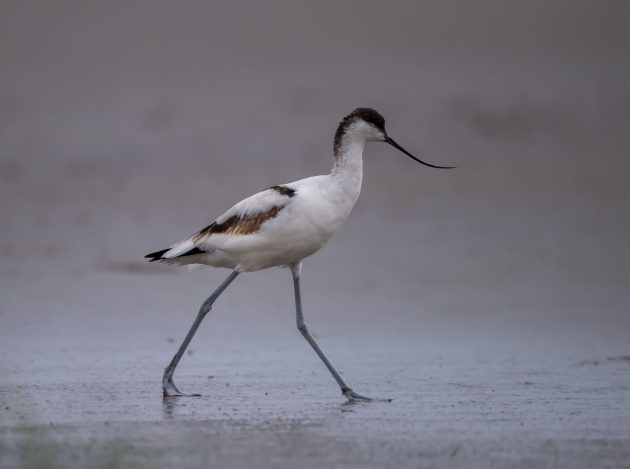
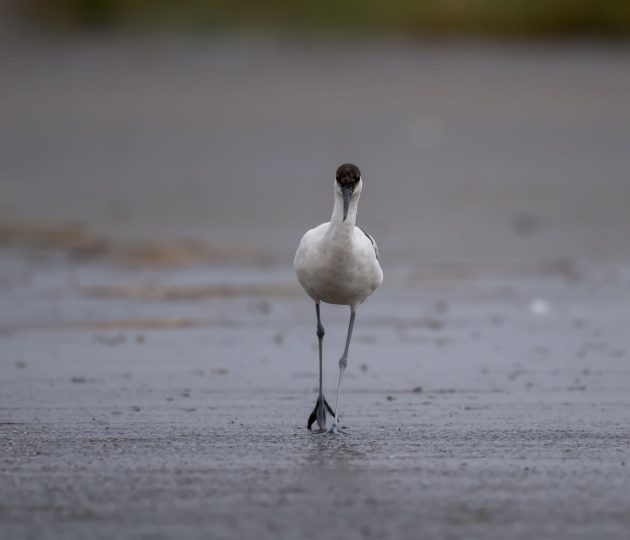
Black-winged Stilt
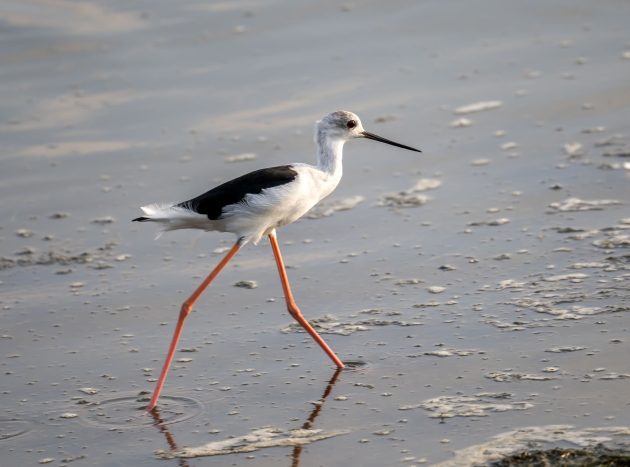
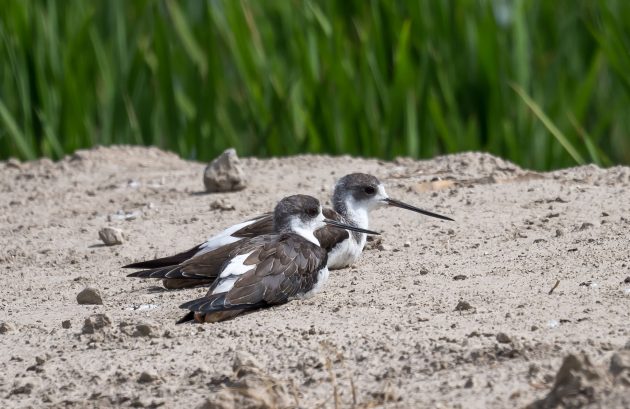
Whimbrel
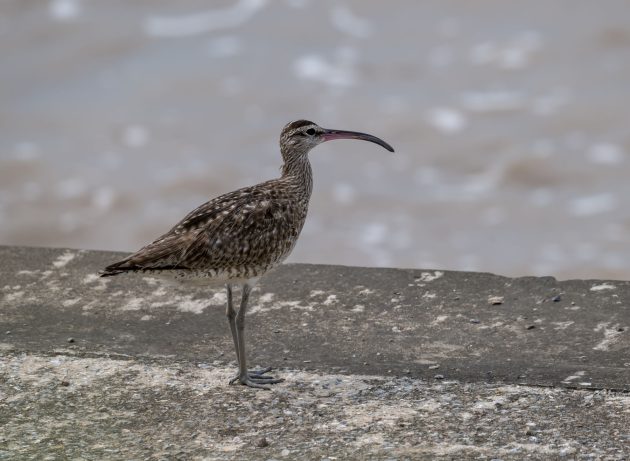
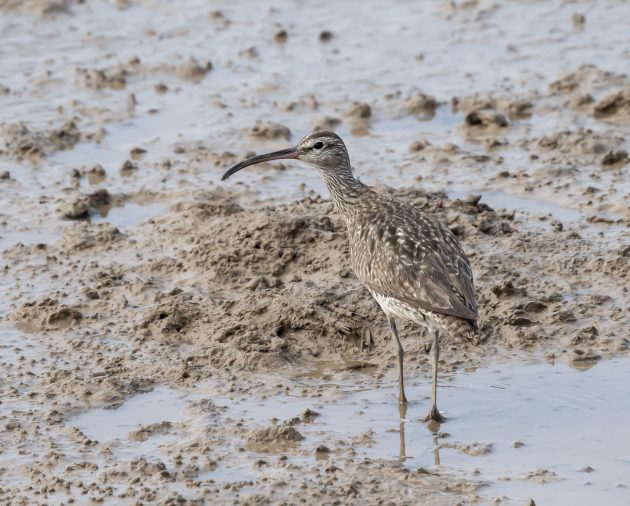
Moving on to the non-shorebirds seen, these included a Long-tailed Shrike feeding on something that looked a lot like the bird-feed equivalent of chicken feet to me …
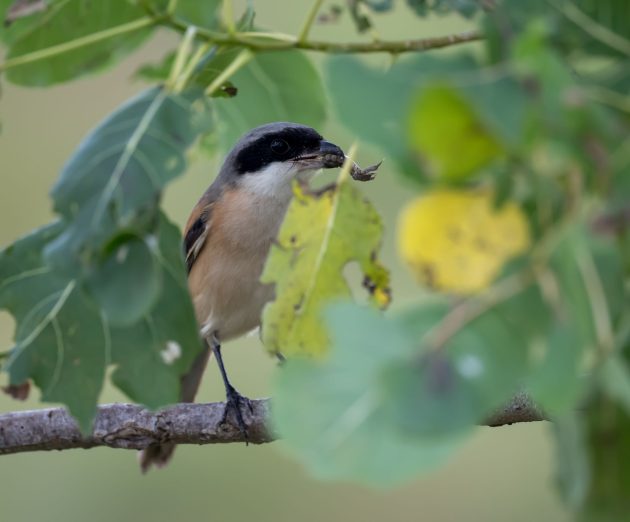
… the always delightful Oriental Dollarbird (surprisingly common around Tiaozini) …
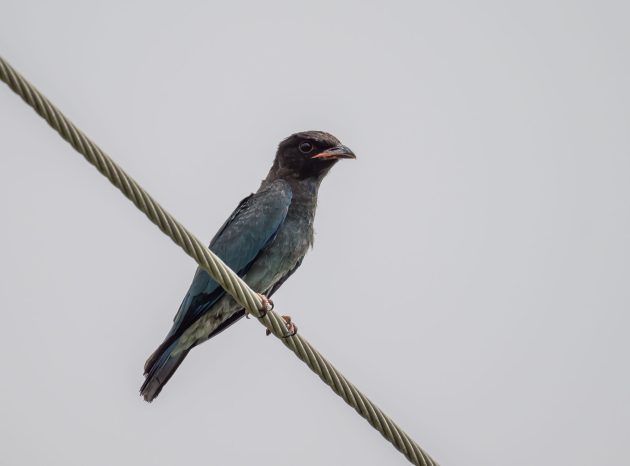
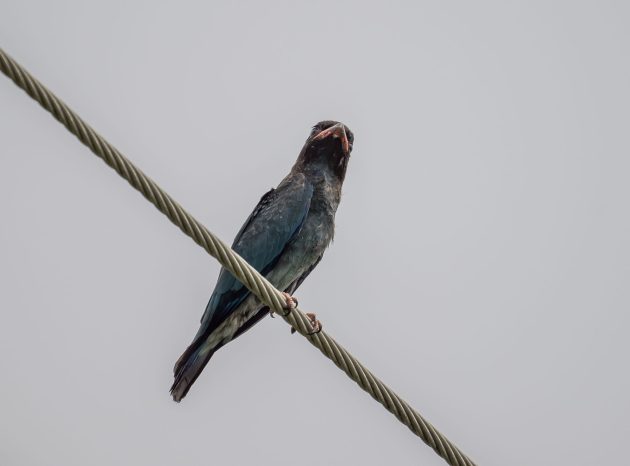
… Common Kingfisher (ditto – I was not aware of it being so common on the open coast) …
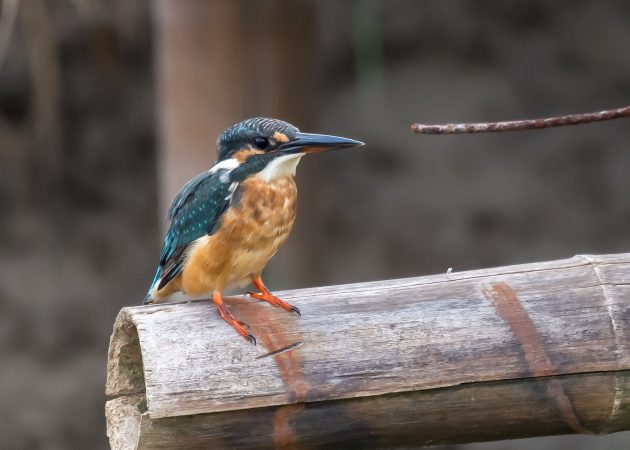
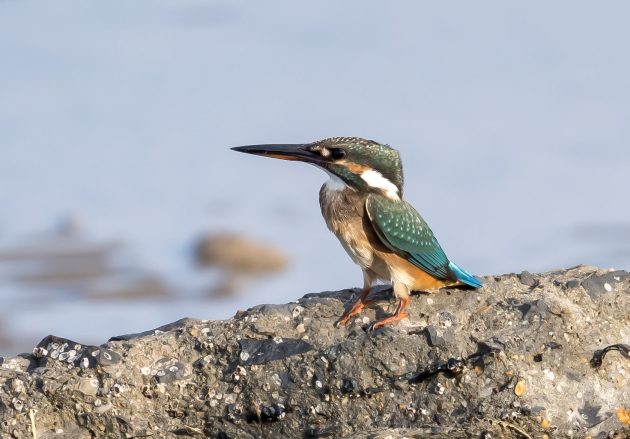
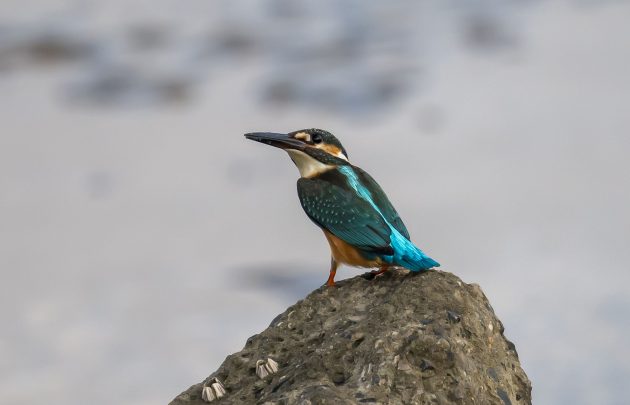
… and a migrating Yellow-rumped Flycatcher.
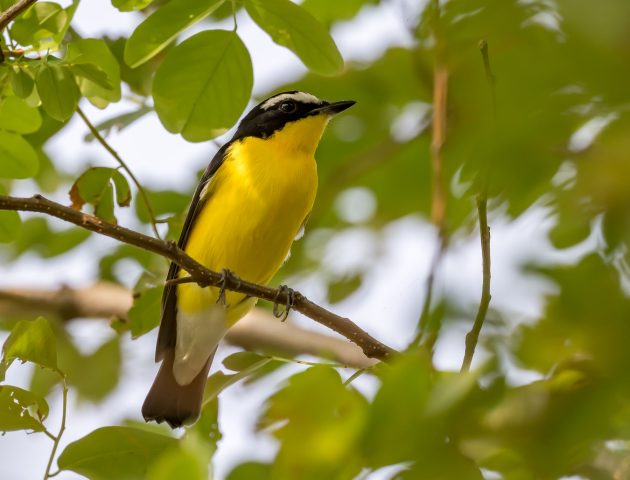
Two more highlights of the trip at the end: the attractive Black-capped Kingfisher …
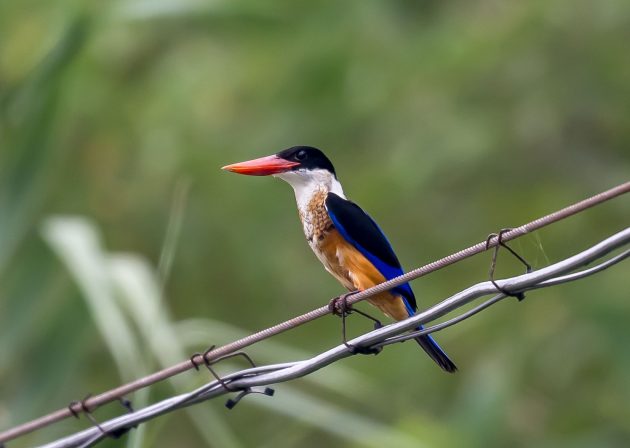
… proving once and for all Eurasias superiority over the Americas in the kingfisher segment …
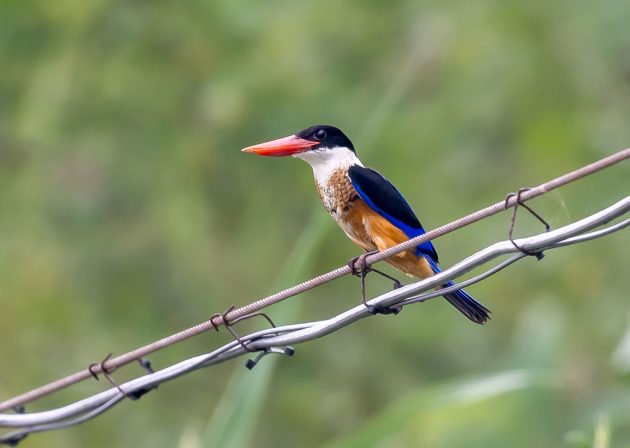
… and even more surprising, a Glossy Ibis feeding at a rice paddy on reclaimed Tiaozini land …
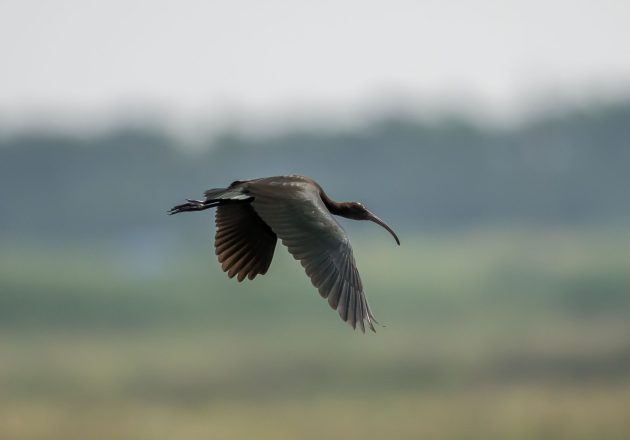
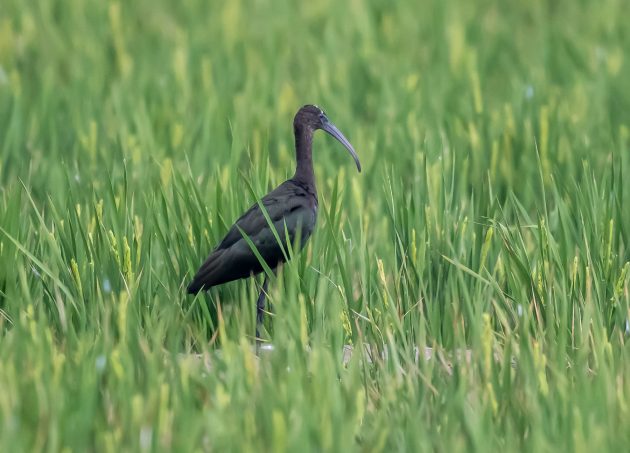
… even though the Cornell distribution map would not let it anywhere near this area.
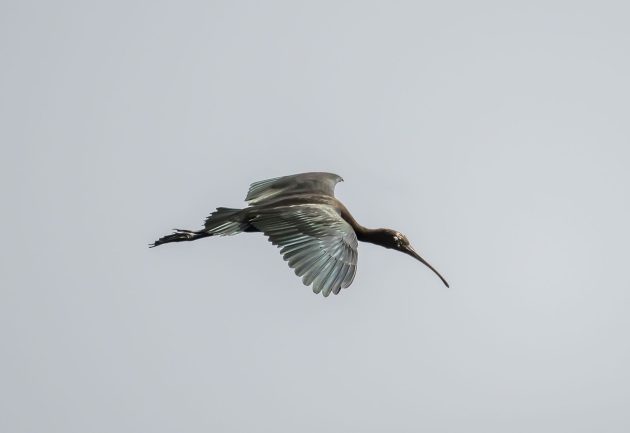
I do not usually do this thing where at the end of a post, you try to connect to the beginning to make the post read “well-rounded”, but in this case …
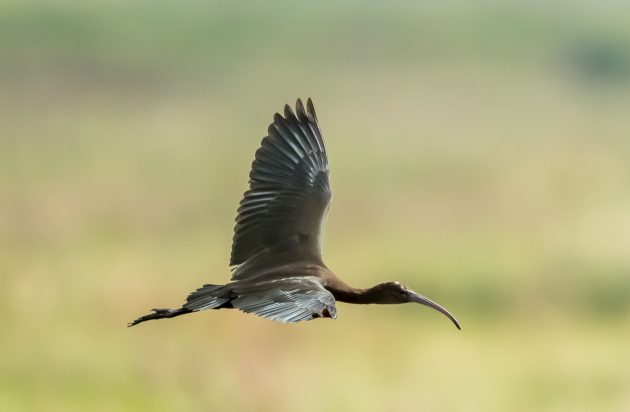
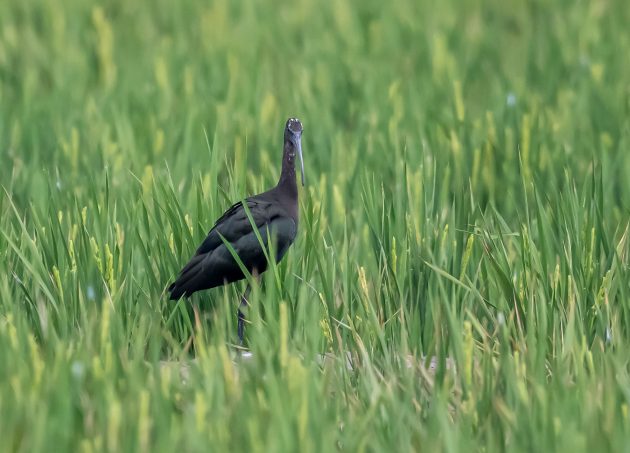
… it is hard to avoid as the scientific name of the Glossy Ibis is Plegadis falcinellus …
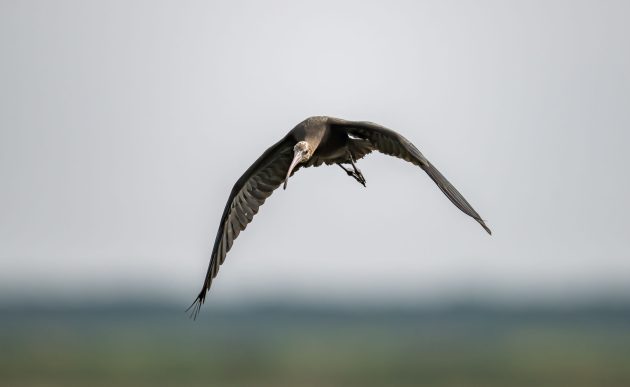
… which (as you have probably forgotten by now, given how this post meanders) is also the species name of the Broad-billed Sandpiper shown somewhere above.
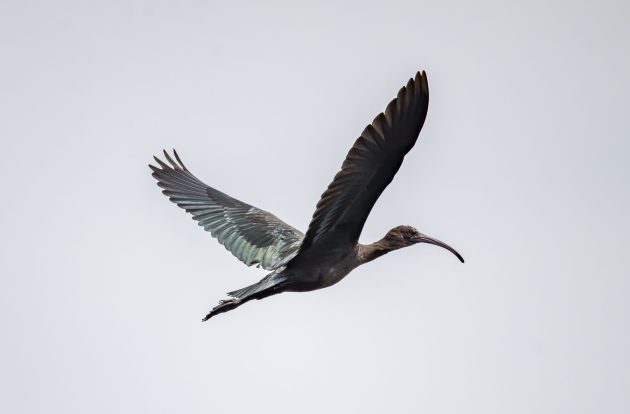
My next post will just end abruptly again as usual, I promise.
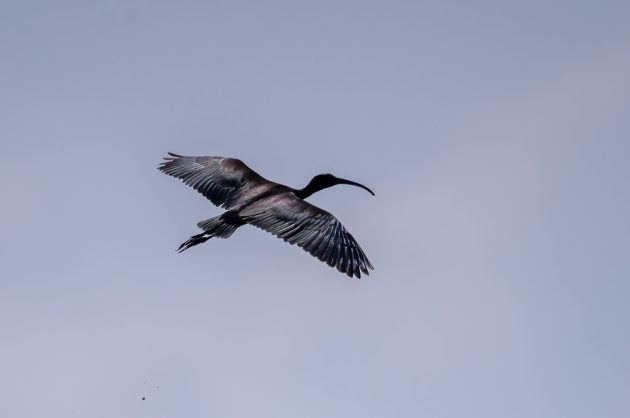
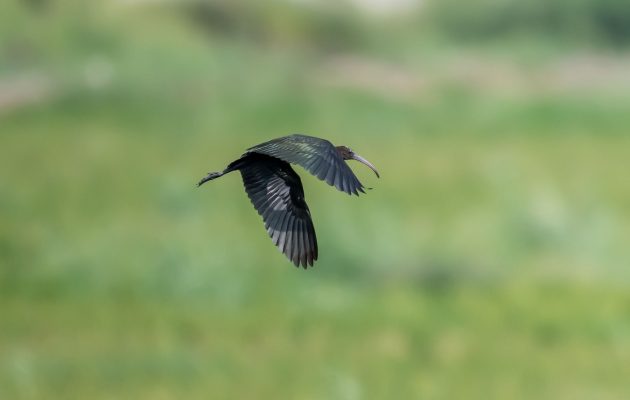








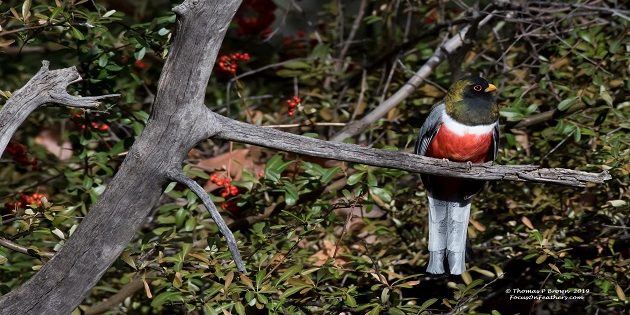




Nice mix of birds. Wader identification is always fun.
Keep trying for the spoonbiled sandpiper, Kai, as I’d like to see your photographs when you do finally see one. However, I did enjoy the photographs of the waders that you did manage to point your camera at.
Thanks, David – I saw it before and wrote about it, see my photos here: https://www.10000birds.com/spoon-billed-sandpiper-at-tiaozini-jiangsu-china.htm
By the way, the guide just profiled on 10,000 Birds (Zhang Lin) is one of the leading global conservationists with regard to the Spoon-billed Sandpiper.